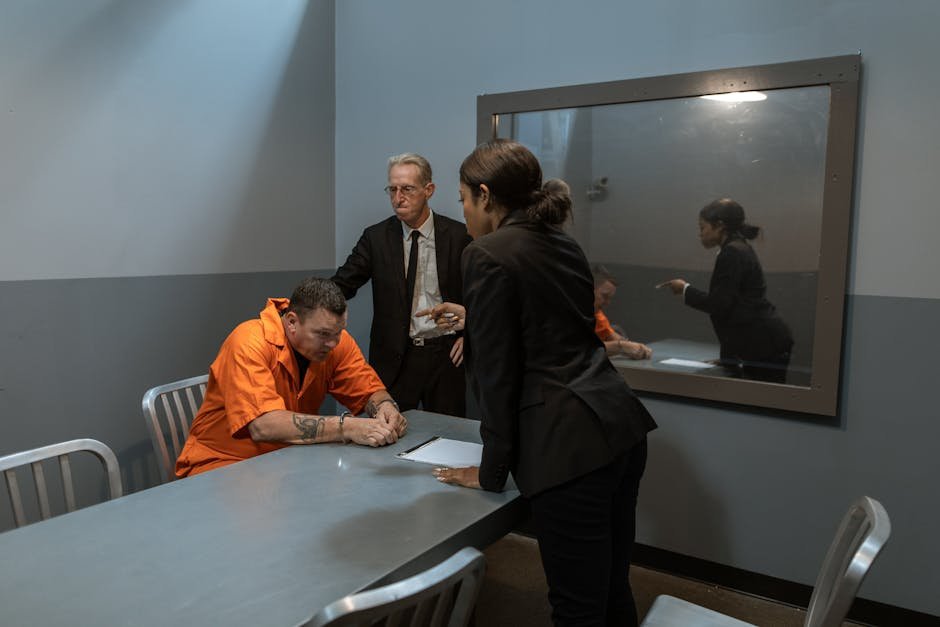True crime documentaries have become one of the most popular forms of entertainment in the world. Whether it’s a chilling unsolved mystery or a deep dive into a famous case, people are hooked. These shows are everywhere—from Netflix and Hulu to YouTube and podcasts. But why are they so popular? What makes people want to watch real stories about crime, danger, and justice?
Let’s explore the rise of true crime documentaries and why they continue to capture our attention.
A Genre That Keeps Growing
Over the past ten years, true crime has exploded. At first, these stories were mostly seen in books or news programs. Now, they fill our screens. Shows like Making a Murderer, The Staircase, and Don’t F**k with Cats have drawn in millions of viewers.
Even podcasts like Serial and Crime Junkie have gained massive followings. In other words, true crime is no longer just a niche interest. It’s a full-blown phenomenon.
But most of all, it’s clear: people can’t stop watching.
Why Do We Love True Crime?
There are many reasons why true crime documentaries are so addictive.
1. They tell real stories
Unlike fictional thrillers, true crime is based on real people, real events, and real consequences. This makes it more intense and emotional. When you know it actually happened, the stakes feel higher.
We want to understand what went wrong. How could someone commit such a terrible act? Could it have been stopped?
2. We want to solve the puzzle
True crime often feels like a mystery. There are clues, suspects, and twists. Viewers become amateur detectives. We start asking questions and forming our own theories.
This makes the experience interactive. It’s not just about watching. It’s about figuring it out.
3. We want to feel safe
Oddly enough, watching crime stories can help us feel more secure. By learning how crimes happen, people believe they can avoid them. It’s a way of preparing for the worst, while sitting safely on your couch.
It might be scary, but it’s also comforting to know how criminals think and how justice is served.
The Role of Streaming Services
Streaming services have played a huge part in the rise of true crime.
Platforms like Netflix, Hulu, HBO Max, and Amazon Prime have invested millions into making high-quality documentaries. These platforms know what their viewers want—and true crime delivers.
With easy access and full seasons released at once, binge-watching became the norm. Viewers didn’t have to wait each week. They could watch entire stories in one sitting. This created more excitement, more conversation, and more obsession.
Real People, Real Impact
One big difference between true crime and other shows is that the people are real.
The victims had lives, families, and dreams. The people involved in these stories are often still alive. Their names are known. Their pain is real.
This makes true crime both powerful and complicated.
Some documentaries have helped reopen cold cases or bring new attention to wrongfully convicted people. For example:
- Making a Murderer led to worldwide support for Steven Avery and Brendan Dassey.
- The Innocent Man helped bring focus to two Oklahoma men serving life sentences.
But not all stories bring justice. Some bring controversy. Families may feel re-traumatized by the attention. Others may feel that the facts were shown unfairly.
That’s why many viewers and creators now ask: How do we tell these stories with care?
A Shift Toward Ethics and Empathy
Today, more true crime creators are thinking about the ethics of storytelling.
Instead of focusing only on the killer, they highlight the victims. Instead of showing bloody scenes or private photos, they give space to family voices and expert opinions.
Some documentaries now work directly with the people involved in the case. They ask permission. They share profits. They tell the full story—not just the shocking parts.
This change is important. It helps true crime move from being just entertainment to something more meaningful.
Not Just About Murder
While many true crime documentaries focus on murder cases, the genre is growing in other ways.
Now, we see shows about scams, fraud, cults, and missing persons. These stories can be just as gripping, without the same kind of violence.
For example:
- The Tinder Swindler tells the story of a man who tricked women into giving him money.
- Bad Vegan follows a woman caught in a bizarre and confusing relationship with a scammer.
- Wild Wild Country shares the history of a powerful cult that changed a small town forever.
These stories still have drama, mystery, and danger—but they offer a wider view of crime and human behavior.
The True Crime Community
The rise of true crime has also created communities.
Fans meet online to discuss theories, share updates, and raise awareness. Social media plays a big role. TikTok, Reddit, and Facebook are filled with true crime groups and pages.
In some cases, online communities have even helped solve crimes. For instance, internet users helped track down leads in the case of Gabby Petito.
But this can also cause problems. Too much attention or speculation can harm investigations—or hurt innocent people.
That’s why many experts warn: be curious, but be careful.
The Dark Side of Fascination
True crime isn’t all fun and games. It’s important to remember that behind every story is real trauma.
When true crime becomes too focused on shock value, it can turn into something harmful. Glorifying killers or turning pain into entertainment crosses a line.
Some viewers even experience fear or anxiety after watching too many true crime shows. Experts call it “vicarious trauma.” It can make the world feel scarier than it is.
So, while it’s okay to enjoy true crime, it’s also okay to take breaks. Balance is key.
What Comes Next?
True crime isn’t slowing down. More documentaries are being made every year. But the way they are made is changing.
Here’s what we’re seeing more of:
- Victim-focused storytelling
- Mental health discussions
- Community support projects
- Crime prevention education
- Legal reform and awareness
In other words, the genre is growing up. It’s moving from shock to substance.
Creators are learning to treat stories with care. And viewers are asking harder questions—not just “who did it?” but “why did this happen?” and “how can we prevent it?”
In Summary
The rise of true crime documentaries shows how deeply people care about justice, truth, and human behavior.
These stories help us understand the world—and ourselves. They give us a glimpse into fear, pain, courage, and survival.
But most of all, they remind us that every case is about people. Real people. With real lives.
So as we watch, listen, and learn, let’s do so with empathy, curiosity, and respect.
Because behind every mystery… is a story that matters.




